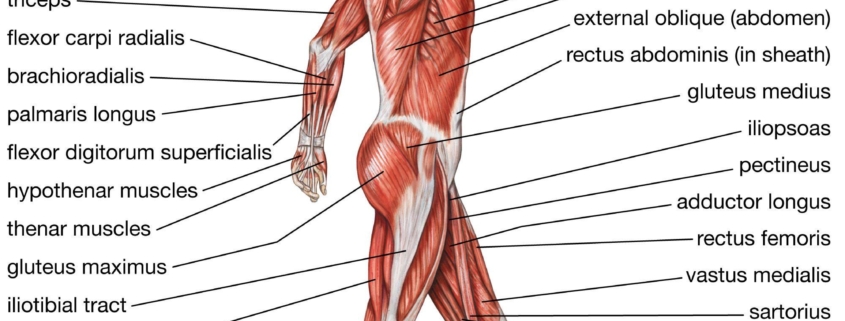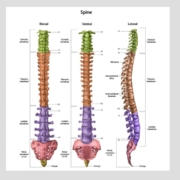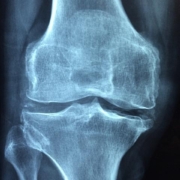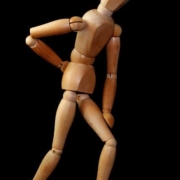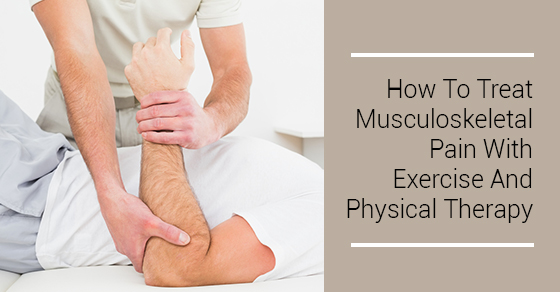Beyond the Bones: The Vital Role of Muscles, Tendons, and Ligaments
in MSK Health
We often hear about the importance of strong bones, but did you know that muscles, tendons, and ligaments play an equally crucial role in keeping our musculoskeletal system healthy and functioning smoothly? These unsung heroes provide support, stability, and allow us to move freely.
This article dives into why taking care of these essential tissues is vital for preventing pain, injuries, and maintaining mobility as we age.
Understanding the Supporting Cast
Let’s break down the roles of these key players:
Muscles: These powerhouses contract and relax, enabling us to walk, run, lift, and perform countless other movements.
Tendons: These tough, fibrous cords connect muscles to bones, acting like bridges that transmit force and facilitate movement.
Ligaments: These strong bands of tissue connect bones to other bones, providing stability to our joints and limiting excessive movement.
Why Muscle, Tendon, and Ligament Health Matters
When these tissues are healthy, they work in perfect harmony, allowing us to move with ease and strength. However, neglecting their care can lead to:
Pain: Muscle strains, tendonitis, and ligament sprains are common sources of pain and discomfort.
Limited Mobility: Stiffness, reduced range of motion, and difficulty performing daily activities can result from neglecting these tissues.
Increased Risk of Injury: Weak muscles, tendons, and ligaments are more susceptible to injuries, especially during physical activity.
Actionable Steps for Prevention
The good news is that many musculoskeletal issues can be prevented with proactive care. Here’s what you can do:
1. Prioritize Regular Exercise:
Strength Training: Incorporate exercises that target all major muscle groups at least twice a week. Use weights, resistance bands, or your own body weight.
Tip: Start with lighter weights and gradually increase the resistance as you get stronger.
Flexibility Exercises: Include stretching, yoga, or Pilates to improve flexibility and range of motion in your muscles and tendons.
Tip: Hold each stretch for at least 30 seconds and focus on breathing deeply.
2. Warm Up Before Activity, Cool Down Afterward:
Warm-up: Prepare your muscles for activity with 5-10 minutes of light cardio, like brisk walking or jumping jacks, followed by dynamic stretches like arm circles and leg swings.
Cool-down: Allow your body to recover gradually with 5-10 minutes of light cardio and static stretches, holding each stretch for 15-30 seconds.
3. Use Proper Technique:
Lifting: When lifting heavy objects, bend your knees, keep your back straight, and use your leg muscles to lift, not your back.
Sports: Learn and use proper technique for your chosen sport or activity to minimize stress on muscles, tendons, and ligaments.
4. Listen to Your Body:
Rest: Don’t push through pain. Give your body adequate rest when needed to allow tissues to recover.
Gradual Progression: Increase the intensity and duration of your workouts gradually to avoid overloading your muscles and tendons.
5. Maintain a Healthy Weight:
* Excess weight puts additional stress on your joints and supporting tissues. Maintaining a healthy weight can significantly reduce your risk of injury.
Taking Charge of Your MSK Health
Remember, taking care of your muscles, tendons, and ligaments is just as important as caring for your bones. By incorporating these actionable steps into your routine, you can enjoy a more active, pain-free life and reduce your risk of future musculoskeletal problems.
For personalized advice and guidance on maintaining optimal musculoskeletal health, schedule an appointment with one of our specialists today.

